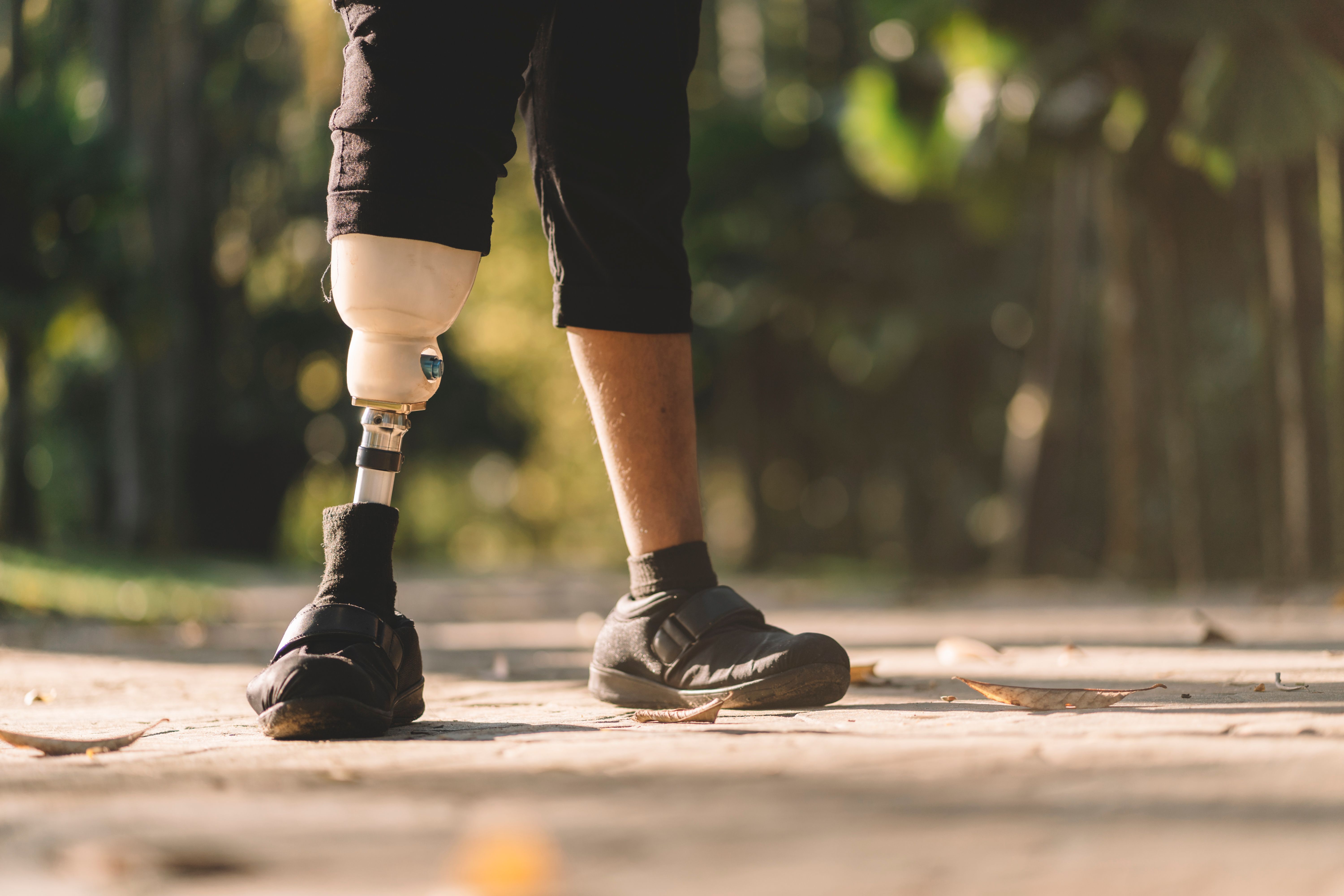Innovating Comfort: The Rise of Adaptive Clothing Manufacturers
Understanding Adaptive Clothing
Adaptive clothing is revolutionizing the way we think about fashion and functionality. Designed to cater to individuals with physical disabilities, sensory sensitivities, or mobility issues, adaptive clothing integrates convenience with style. These garments are crafted to make dressing easier and more comfortable, offering features like magnetic closures, Velcro fastenings, and easy-access openings.
As awareness of diverse fashion needs grows, the demand for adaptive clothing continues to rise. This shift is not just a trend but a significant move towards inclusivity in the fashion industry. Manufacturers are increasingly recognizing the importance of making fashion accessible to everyone.

The Role of Technology in Adaptive Clothing
One of the key drivers behind the rise of adaptive clothing manufacturers is technological innovation. Advances in fabric technology and design processes have enabled the creation of clothing that not only fits better but also addresses specific needs. For example, moisture-wicking fabrics and seamless designs help prevent skin irritation and enhance comfort for users.
Moreover, 3D printing and AI-powered design tools allow manufacturers to create customized pieces that fit individual body shapes and preferences. This personalization ensures that adaptive clothing is not only functional but also stylish, catering to the unique tastes of each wearer.

The Market Demand for Inclusivity
The push for inclusivity in fashion is a significant factor driving the growth of adaptive clothing. Consumers today are more conscious of the need for brands to represent and serve all individuals. This demand has led to an increase in both mass-market and niche brands entering the adaptive clothing space.
Retailers are also playing a crucial role by dedicating sections of their stores or online platforms to adaptive clothing lines. By making these garments more visible and accessible, they are helping to normalize adaptive fashion as an integral part of the industry.
Challenges in Adaptive Clothing Manufacturing
Despite its growth, the adaptive clothing sector faces several challenges. One major hurdle is the cost of production. Specialized materials and design processes can be expensive, making it difficult for some manufacturers to offer affordable options. Additionally, there is a need for greater awareness and understanding of the specific needs of consumers who require adaptive clothing.

Another challenge is ensuring that adaptive designs do not compromise on style. Consumers want clothing that reflects their personality and taste, regardless of its functional benefits. Bridging this gap between function and fashion remains a critical focus for manufacturers.
Innovative Brands Leading the Way
Several pioneering brands are at the forefront of the adaptive clothing movement. By prioritizing both functionality and aesthetics, these brands are setting new standards in the industry. They collaborate with healthcare professionals, designers, and consumers to create products that truly meet the needs of their audience.
These companies often engage directly with their customer base to gather feedback and refine their products continuously. This user-driven approach not only fosters innovation but also ensures that their offerings remain relevant and valuable.

The Future of Adaptive Clothing
The future of adaptive clothing looks promising. As societal attitudes continue to evolve towards greater inclusivity, more brands are likely to invest in this area. Advancements in technology will further enable manufacturers to create even more sophisticated and accessible designs.
Overall, the rise of adaptive clothing manufacturers marks a significant step forward in making fashion more inclusive for all. By continuing to innovate and address the diverse needs of their customers, these manufacturers are helping to redefine what it means to be fashionable in today's world.
